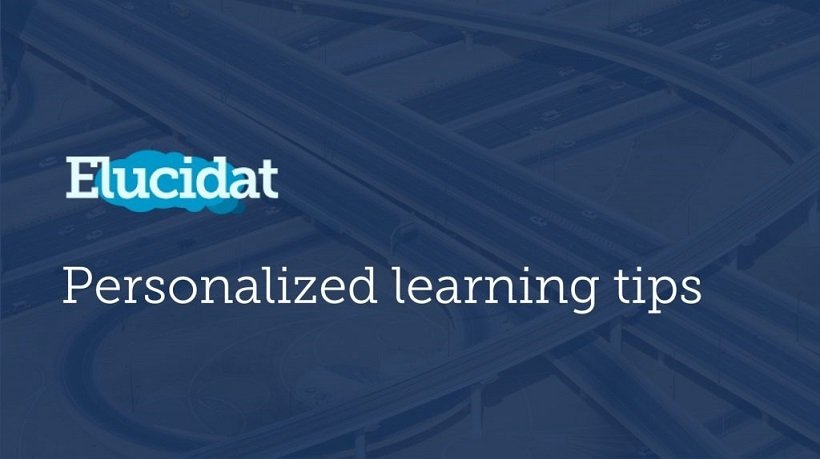How To Create Personalized, Adaptive Learning Experiences
The Elucidat team has put together their 5 favorite tips that can help you deliver personalized, adaptive learning.
1. Personalize Content Using Real User Data

To design personalized and targeted content, you need data that tells a story about your learners. Elucidat Analytics pulls data from multiple sources in real time and presents it to you visually via its Analytics feature.
The Analytics feature helps you tap into your users’ digital and learning behaviors, helping you to profile them and deliver personalized and relevant content.
Related: How You Can Easily Personalize Your eLearning and Create Modern, Targeted Content
2. Use Insights To Set Up Adaptive Learning Journeys
While you may think of live data in holistic terms, like data on top-level trends, you can also think of this data on a micro level, such as how your audience answers specific questions and how they respond to your surveys and polls.
Elucidat Analytics reports on this level of detail, but more important, you can use it to drive adaptive learning experiences.
For example, with the Rules function, you can set rules so that certain content appears only if learners select an option, score a certain amount, complete a previous topic, and so on. By setting rules that allow certain content to appear only when your learner interacts with several activities, you encourage engagement.

In our Christmas pudding example, we ask users what they want to decorate the pudding with: A queen, holly, icing, or sparklers.

We can then use rules to display content based on how the user answered that question, and compare that to how others answered the question:

This uses live data. Elucidat allows you to drop in comparisons of how an individual answers questions versus how the crowd answers questions via the Clips function. We write more about this in our article on the power of social polling for learning.
3. Ask Learners Questions To Identify Knowledge Gaps
Ask learners questions up front to get the data you need to identify their knowledge gaps and serve up personalized content just for them.
Produce several ready-made pages, such as pages with videos or challenges, and create Rules to tailor and personalize the delivery of these pages. The key is not to just serve up content but to be a learning designer about it and serve relevant, useful challenges and experiential content—like this thought-provoking example:

4. Talk To Learners With Simple Personal Touches
Speak to your learners to get the data you need by using simple personal touches, such as addressing the user by name. This is important, especially when you’re requesting the user’s opinion, such as this leadership-style survey example:

This example uses the Rules function to serve up different visual outcomes that align learners with famous leaders. It compares learners’ thoughts about their leadership styles with what their answers actually tell us about their style.
Data in—personalized learning out.
5. Listen, Listen, And Listen To Learners
Include questions that gauge your learners’ feelings on their development and performance. For example, use a Likert scale to ask users how they rate their performance and make use of the responses to prompt follow-up content to support their needs.
Combine this with open-input questions that ask learners what they want to learn more about. You can see this demonstrated well in a course we recently created:

You can now track the inputs via your Elucidat dashboard so you can make sure you meet those personal needs with your next online-content creations.
Final Thoughts
The technology is available to drive smart, personalized, adaptive learning experiences. What’s holding you back?
If you’re a learning team, this is valuable because you can close your learners’ performance gaps faster.
If you’re a training provider, this is valuable because your customers are getting more from your product, and they’ll want to come back and buy more from you rather than look to competitors.
Next steps:
- Read this article about creating personalized learning experiences
- Check out this microlearning topic, “5 Steps To Risk Assessment”, that delivers deep learning through short, personalized content









